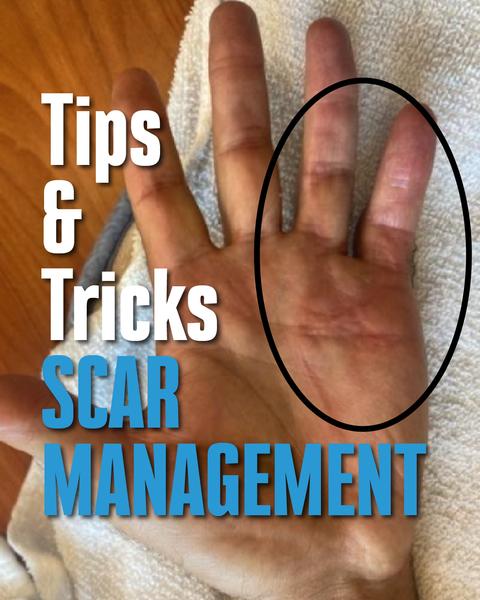Everything You Need to Know About Cupping
What is cupping, is it right for me and what are those marks about?!
By Sarah Holmgren - August 19, 2020
Cupping is a not-so-new treatment that has been popularized by Olympic athletes. What is cupping, why does it leave those marks, and what conditions are indicated for its use?
What is cupping?
Cupping is a myofascial release technique that utilizes negative (tension) pressure to reduce pain, promote healing, increase blood flow, improve range of motion, assist recovery, and reduce formation of scar tissue. Dry cupping, which the most utilized form of cupping and the type performed by PEAK Physical Therapists, uses silicone, plastic, or glass cups of various sizes that are placed on the target area and the air within the cup is removed with a pump. This method draws out toxins and cellular waste products from the muscle tissue and deep fascial layers.
When should I get cupping treatment and what does it entail?
Cupping can be a treatment method for a majority of musculoskeletal conditions including, but not limited to:
-
Pre- or Post- Surgery
-
Acute Injury
-
Low Back Pain
-
Sciatica
-
Poor Circulation
-
Headaches
-
Trigger Points
-
TMJ Pain or Dysfunction
-
Chronic Pain
-
Edema/Swelling
-
Arthritis
For the treatment, a single cup or multiple cups may be applied at one time, with the therapist keeping the cup in place for a period of up to 4-5 minutes. The therapist can move the cups along the length of an area of tissue to achieve a greater release (external glide), or having the patient move the affected area with the cups applied (internal glide) to achieve greater self awareness, independence, and functional ability.
What are the marks left after cupping treatment?
The skin reactions left after the cup is removed are due to the movement of blood under the skin. The presentation of color depends on the individual, location of the treatment, and how much stagnation of blood and toxins are present under the tissue. In follow-up treatments the marks will become progressively lighter as the pathogens are systemically removed from the body. These marks often dissipate 1 day to 2 weeks following treatment depending on the technique utilized and are typically not painful to touch. Those who receive cupping treatment often feel an immediate sense of relief.
Next Steps?
Many providers at PEAK Physical Therapy utilize myofascial cupping with their patients as a tool in combination with other manual techniques and therapeutic exercise to elicit lasting changes and improve overall functional ability. If you are interested in trying cupping, please call any one of our convenient Denver locations today!
